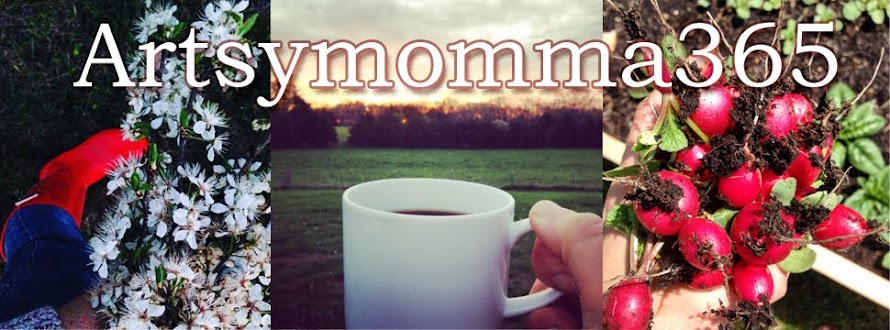 Welcome Back!
Welcome Back!Pizza dough is one of the easiest yeast breads to prepare, and is a great starting point for beginners. I use this recipe to make our pizza's as well as bread sticks. I usually make four batches at once, and freeze the leftover three. If you do this, make sure to open the container or bag that the frozen dough is in while it's thawing, otherwise it might burst (I know this from personal experience). I also soak the wheat flour overnight in an acid medium to help break down the phytates. Doing this creates a soft dough similar to using white flour, and helps aid in digestion - allowing more vitamins and minerals to be absorbed into the body. I do a separate post on soaking soon.
What you need:
1 Pkg active dry yeast (2.5 tsp)
1 C warm water (110-115 degrees - should feel slightly warm to the touch, but not hot)
2 C Flour (I use a mixture of whole wheat and spelt) + up to 2/3 C
2 Tbsp Olive Oil
1 Tsp Salt
2 Tsp Sugar
1. Dissolve yeast in warm water for 10 minutes, or until it gets super bubbly and frothy (this is called proofing)
2. Combine all ingredients and knead until the dough is very elastic, not stiff. You will probably need to add a bit more flour while kneading - you want the dough to be tacky, but not so sticky that it won't come off your hand.
3. Place dough in an oiled bowl, cover with a towel and put in a warm place. Let rise for 30 minutes, or until doubled in size.
4. Roll out to desired shape and size, and cook at 350 degrees for 20 minutes or until slightly browned.




